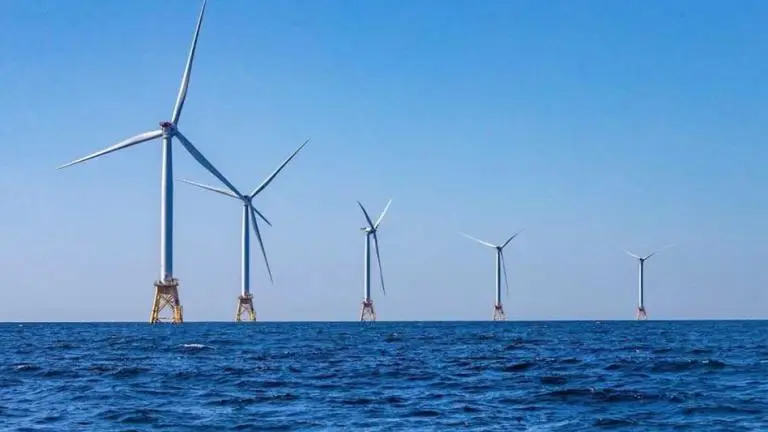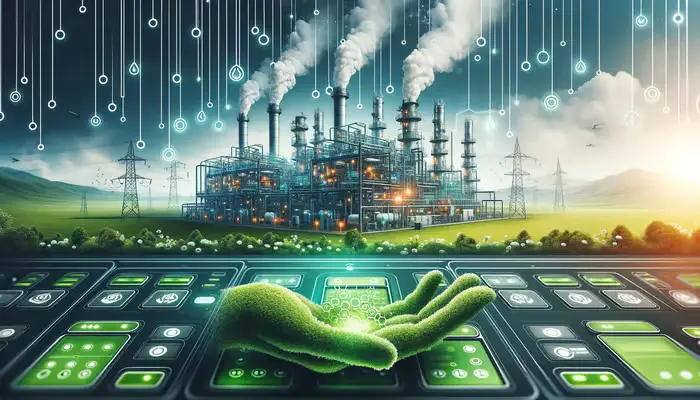Oil and Gas Industry Embraces Sustainability to Meet Global Net-Zero Goals
The oil and gas industry’s sustainability push in 2025 is reshaping its operations, with CCUS, methane reduction, and renewable integration at the forefront. Despite challenges from market oversupply, geopolitical risks, and high investment costs, companies are leveraging technology and stakeholder engagement to meet net-zero goals.













